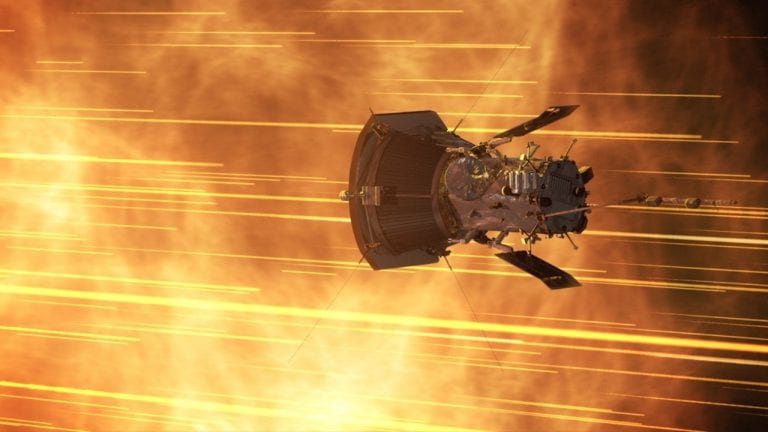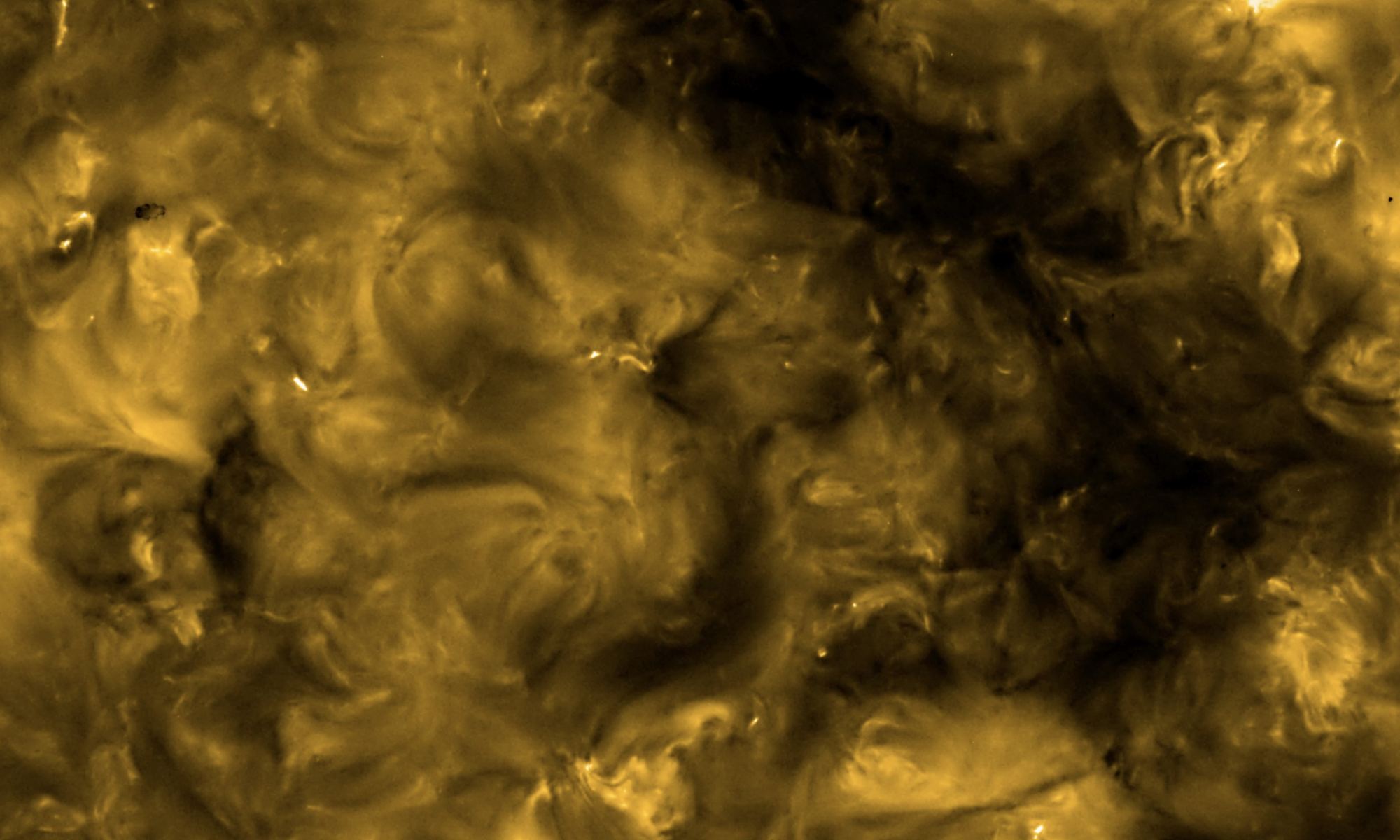NASA’s Parker Solar Probe (PSP) was launched on August 12, 2018, with the goal of becoming the first spacecraft to touch the Sun while teaching us more about our host star than any spacecraft or solar instrument in human history. Now, a recent study submitted to The Astrophysical Journal discusses the incredible data that PSP collected on coronal mass ejections (CMEs) over a four-year period. This study holds the potential to help scientists and the public better understand the CMEs and how they contribute to space weather.
Continue reading “Parker Solar Probe Was Blasted by Coronal Mass Ejections 28 Times in 4 Years”Solar Physics: Why study it? What can it teach us about finding life beyond Earth?

Universe Today has investigated the importance of studying impact craters, planetary surfaces, exoplanets, and astrobiology, and what these disciplines can teach both researchers and the public about finding life beyond Earth. Here, we will discuss the fascinating field of solar physics (also called heliophysics), including why scientists study it, the benefits and challenges of studying it, what it can teach us about finding life beyond Earth, and how upcoming students can pursue studying solar physics. So, why is it so important to study solar physics?
Continue reading “Solar Physics: Why study it? What can it teach us about finding life beyond Earth?”The Solar Radius Might Be Slightly Smaller Than We Thought
A pioneering method suggests that the size of our Sun and the solar radius may be due revision.
Our host star is full of surprises. Studying our Sun is the most essential facet of modern astronomy: not only does Sol provide us with the only example of a star we can study up close, but the energy it provides fuels life on Earth, and the space weather it produces impacts our modern technological civilization.
Now, a new study, titled The Acoustic Size of the Sun suggests that a key parameter in modern astronomy and heliophysics—the diameter of the Sun—may need a slight tweak.
Continue reading “The Solar Radius Might Be Slightly Smaller Than We Thought”New Detailed Images of the Sun from the World’s Most Powerful Ground-Based Solar Telescope

Our Sun continues to demonstrate its awesome power in a breathtaking collection of recent images taken by the U.S. National Science Foundation’s (NSF’s) Daniel Inouye Solar Telescope, aka Inouye Solar Telescope, which is the world’s largest and most powerful ground-based solar telescope. These images, taken by one of Inouye’s first-generation instruments, the Visible-Broadband Imager (VBI), show our Sun in incredible, up-close detail.
Continue reading “New Detailed Images of the Sun from the World’s Most Powerful Ground-Based Solar Telescope”The Parker Solar Probe is getting pelted by hypervelocity dust. Could they damage spacecraft?
There’s a pretty significant disadvantage to going really fast – if you get hit with anything, even if it is small, it can hurt. So when the fastest artificial object ever – the Parker Solar Probe – gets hit by grains of dust that are a fraction the size of a human hair, they still do damage. The question is how much damage, and could we potentially learn anything from how exactly that damage happens? According to new research from scientists at the University of Colorado at Boulder (UCB), the answer to the second question is yes, in fact, we can.
Continue reading “The Parker Solar Probe is getting pelted by hypervelocity dust. Could they damage spacecraft?”Pictures are coming in from Solar Orbiter
One of the best things about astronomy is that it’s a never-ending supply of awesome visuals. Almost every new mission or telescope provides new ways to see the universe, and when those are translated visually they can offer absolutely stunning images of some of the most interesting places in that universe. Now humanity is starting to process the images from one of the newer missions to grace the heavens: the European Space Agency’s Solar Orbiter. And boy are those images breathtaking.
Continue reading “Pictures are coming in from Solar Orbiter”They’re In! The First Images From ESA’s Solar Orbiter
While actually walking on the sun is still just a dream of Smash Mouth fans, humanity has gotten a little bit closer to our nearest solar neighbor with the recent launch of the European Space Agency’s Solar Orbiter (SolO).
SolO has just produced its first round of photographs of the sun in action and they are already revealing some features that have been unseen until now. Those features might even hold the key to understanding one of the holy grails of heliophysics.
Continue reading “They’re In! The First Images From ESA’s Solar Orbiter”Carnival of Space #575
Welcome to the 575th Carnival of Space! The Carnival is a community of space science and astronomy writers and bloggers, who submit their best work each week for your benefit. We have a fantastic roundup today including news from the IAU, so now, on to this week’s worth of stories!
Continue reading “Carnival of Space #575”






